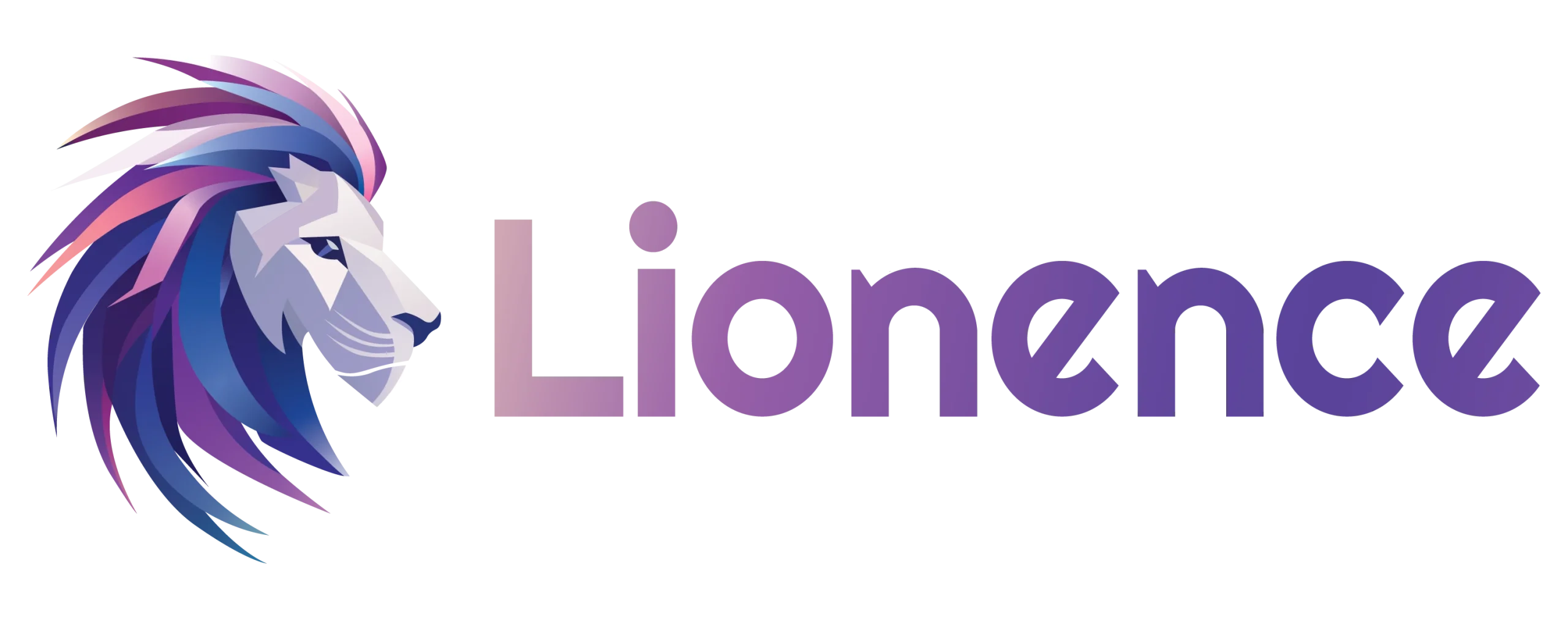I’m sure you already heard or even read about DevOps, that’s why you are here. It’s possible that this is your first time learning about. Or you already read some articles but you’re not satisfied yet (so you ended up here). I aim to give you a clear explanation beyond the definitions. Without buzzwords. I want to make it super easy to understand.
So What is DevOps?
The word comes from Development and Operations.
Sometimes also referred as DevSecOps including the Security aspect.
In essence, DevOps is improvement on processes of digital products or services.
Like what improvement?
- Process automation: Run builds, tests and deployments without human interaction. No more process errors and failing software in production.
- Reducing delivery time: Reduce time-to-market, freeing up manual labour and time.
- Connecting people: Making collaboration easy of various departments and stakeholders. Helping people understand and deliver business requirements.
- Cost optimalization: Monitoring resource usage to reduce costs. Having resources created on-demand and deleted after no no further utility. Can be automatic mechanism.
- Scalability: Scale infrastructure for peak periods, when your customers are active. Or scale with your business, install software on new location for new clients.
- Availability: Solution to always have your system working. Monitoring system components 0–24, live alerting, logging and so on.
- Greater satisfaction: Fix bugs and develop new features faster, cheaper and comfortably. This makes work and running your business become more fulfilling and relieving.
Notice, that DevOps is quite in tone with Agile. Both emphasize values that make difference between good and bad results.
What problems does DevOps solve?
Now we know what DevOps offers, but we need to apply them to problems. I made a list of the most common pain points that usually come up on a software project. I hope you get some ideas from it. The true power of DevOps lays in proactive problem solving with automation. I assume you also want to avoid disruptions by non-productive work.
The most common enemy of the software and developers are Bugs. By leveraging DevOps, you will be able to develop a fix faster and deliver it at any moment. After fixing the code, automated testing ensures that the new change is working as it should. Process automation also helps to deploy the fix right after the tests pass.
We often find ourselves confused about requirements, often because of constant changing. DevOps connects developers with operations and business. It also suggests shared responsibility from each team involved.
Defining technical requirements should be easier leveraging this approach. Even in a case of change, you will be able to adopt quicker because of scalability and automation.
Slow and unpredictable outcomes, delayed delivery. Generally you will be able to get results faster with a great DevOps procedure. You can get rid of many unforseen errors (such as manual and environmental). Saving you time and enabling you to make better estimations. This also accelerates getting feedback from customers, so you can make decisions earlier.
Poor performance and downtimes. One of the focus areas of DevOps is exactly this. With monitoring, you can identify bottlenecks. Use alerting to send notifications of the problem real-time. In the best case, it can be also connected to an automated resolver. Logging enables you to analyze the software behavior even after the issue.
Deployment, environmental and release challenges. DevOps manages new releases and configurations, enabling seamless rollout and rollback. All without disruption and downtime!
Overspending and unexpected costs. DevOps should audit resource usage and provide for on-demand resource needs. For example, create new environment for new feature and tear it down after you’re done. Another example is to identify and delete unused resources.
Who are the DevOps Engineers?
I made this section if you are searching for a DevOps Engineer, or if you want to become a DevOps Engineer.
DevOps Engineers can have a wide variety of professional background and interests. For this reason, one individual can fit better to a project because of specific needs.
Here are a few examples of what DevOps Engineers do and which skillset fits the activities best. Also, these are the most common duties that candidates are applying for on a job:
1. Infrastructure Automation and Configuration Management:
- Automate the provisioning and management of infrastructure resources for consistency and repeatability.
- Tools: Terraform, Ansible
- Best fitting skillsets: System Administration, IT Operations
2. Infrastructure as Code (IaC) and CI/CD:
- Define and manage infrastructure using code, integrating it with CI/CD pipelines.
- Tools: Azure DevOps, GitHub Actions
- Best fitting skillsets: Cloud Architecture, Software Engineering, Automation Engineering
3. Containerization and Orchestration:
- Support containerization efforts, application deployment and scaling. Tools: Docker, Containerd, Kubernetes
- Best fitting skillsets: Cloud Computing, Software Engineering, DevOps Engineering
4. Version Control and Collaboration:
- Manage version control repositories, enable collaboration among team members, and automate workflows.
- Tools: GitHub, Azure DevOps, GitLab, Bitbucket
- Best fitting skillsets: Software Development, Quality Assurance, DevOps Engineering
5. Cloud Computing:
- Make use of cloud platforms and IaC tools to provision, manage, and optimize resources.
- Tools: Terraform, AWS CloudFormation, Azure ARM Templates
- Best fitting skillsets: Cloud Architecture, System Administration, Infrastructure Management
6. Monitoring and Performance Optimization:
- Set up monitoring solutions, analyze performance metrics, and optimize system performance.
- Tools: Prometheus, SysDig, PagerDuty, AzureMonitor
- Best fitting skillsets: System Administration, Site Reliability Engineering, Monitoring and Metrics
7. Security and Compliance:
- Promote security measures, conduct vulnerability assessments, and ensure compliance with regulations.
- Tools: SonarQube, HashiCorp Vault, Azure KeyVault
- Best fitting skillsets: Security Engineering, Compliance Management, IT Operations
8. Networking and Network Security:
- Manage network configurations, ensure secure communication, and optimize network performance.
- Tools: WireShark, Nmap, pfSense
- Best fitting skillsets: Network Engineering, Network Security, Cloud Networking
How to measure value created by DevOps?
Tangible value is hard to measure sometimes. DevOps usually creates intangible value which over time turns into tangible value.
For ideas, look at the following examples:
Scenario: Rapid Deployment and Bug Fixes
Problem: A software company struggles to deliver new features. Also delays releases and fixes often. Solution: Setting up an automated deployment pipeline with testing stages. DevOps enables rapid and reliable feature releases and bug fixes.
Enhance customer satisfaction: reducing time between finding an issue and delivering a solution. Tangible value: Faster time-to-market. 20% reduction in time of delivering features and fixes, 10% increase in monthly revenue.
Scenario: Scalability for Seasonal Traffic Spikes
Problem: An e-commerce store faces difficulties in handling increased traffic during holiday seasons. Loading time slows and website crashes. Solution: Using auto-scaling, DevOps ensures that the application scales on-demand to meet expectations. This prevents downtime, maintains performance, and improves user experience during traffic spikes. Tangible Value: Preventing downtime. A conservative estimation in 5% sales increase during the holiday season.
Scenario: Data Loss Prevention and Recovery
Problem: An organization risks data loss because of the lack of backups. Recovery strategy also missing. Solution: DevOps offers automated backup, regular data snapshots, and a disaster recovery plan. This safeguards critical data and minimizes downtime in case of failures. Tangible Value: Avoiding data loss and costs associated with recovery and regulatory fines. Also avoiding the legal consequences.
Scenario: Monitoring and Performance Optimization
Problem: An online service has performance issues. Response times slow and user bacome dissatisfied. Solution: DevOps offers monitoring to track application performance and identifying bottlenecks. From this data, optimizing resource usage. Tangible Value: Faster response times and a 10% increase in conversion rates.
You can see the connection between the outcomes. Time is precious and it will always translate to tangible value. Spend less time on non-productive activities (like backups and issue reproduction). Try to become more productive and generate more revenue. Or if you decrease time-to-market, you can get more customers. You can also improve performance and availability, making loading times faster, avoiding downtime. This will guarantee you more customers.
You should always ask the right questions to determine the tangible value of DevOps. Such questions are:
1. What problem do I need to solve with DevOps?
- Identify your own pain points.
2. How does it improve operations?
- Does it make operations faster, more efficient, or stable?
3. Which metrics will you track?
- Time saved, reduced downtimes, increased sales, etc.
4. How much improvement to expect?
- Determine what percentage will the metrics improve.
5. Are there clear cost savings?
- Estimate financial outcome from metrics change.
6. What is the project ROI?
- Calculate simple estimate of return on investment.
My personal take on DevOps
I am an entrepreneur, with Software Engineer and DevOps Engineer background.
Because of this, I emphasize DevOps as a core element to any modern competitive business. Of course, it’s not limited for digital businesses.
The age of digital transformation is already here. Work is different on the new platforms that we use nowadays. And we use these new platforms to build better software solutions, not because they are fancy. Not only the technologies need to change, but also how to think about digital in our businesses.
The biggest takeaway from DevOps is Automation in combination with the Agile approach.
The struggles
You know that your company or client needs the software you make and needs it now! You’re also smart to avoid the following traps:
- Feature cuts, drops.
- Delay again and again.
- Delivering a non-finished solution.
- Overspending.
- Doing repetitive, even not important work that software can do easy mode.
- Burning out from the overload.
If you do not struggle with any of these, then congratulations! You won the game, and I’m sure you are a well-qualified expert! In the other case, don’t panic. I have been there too. I want to help you overcome these obstacles by providing useful, free content for you. I am going to share you my personal experience, my biggest mistakes, and the best practices I learned. I am also going to publicize and share some of my code repositories too.
Take care and keep improving!

